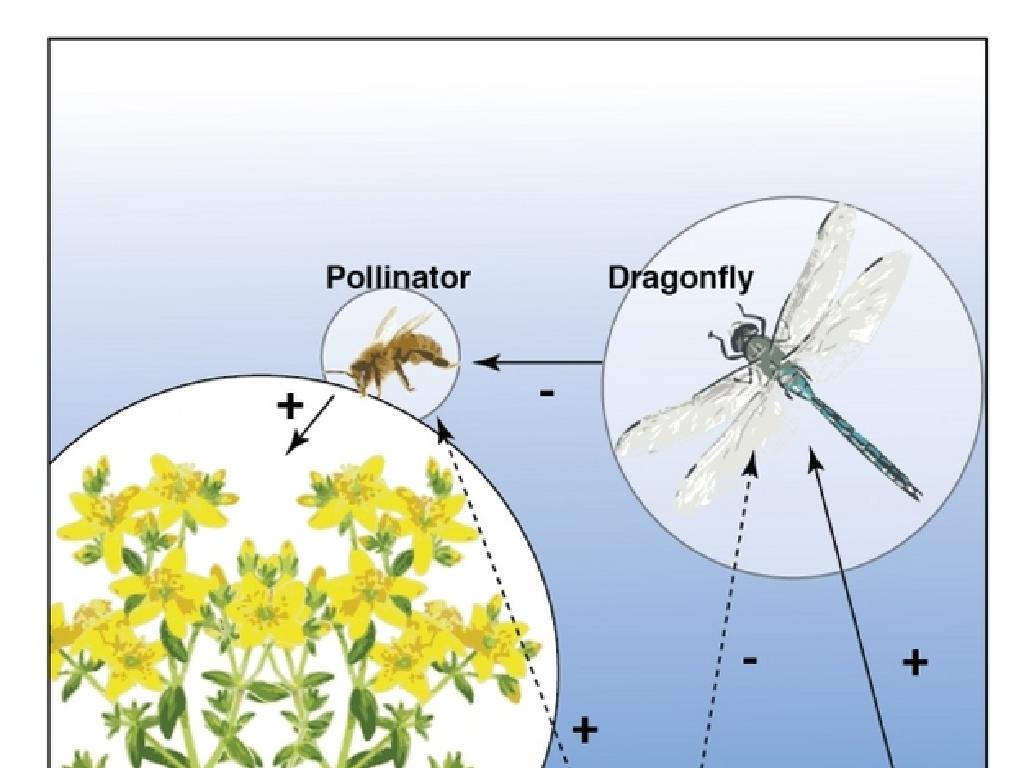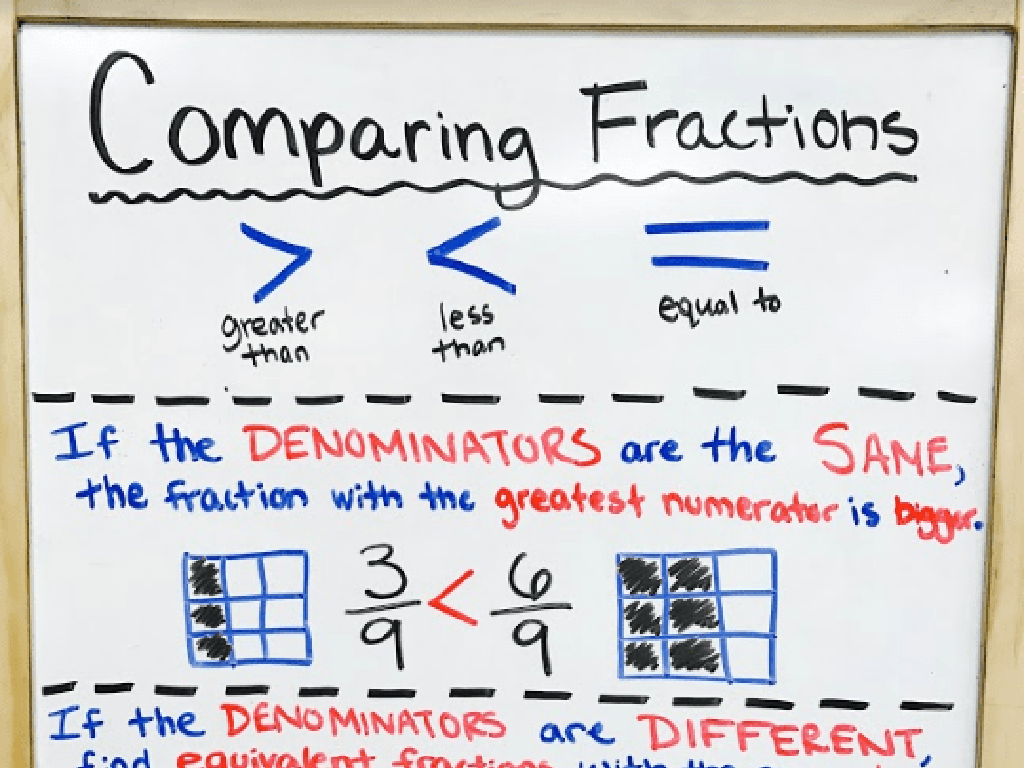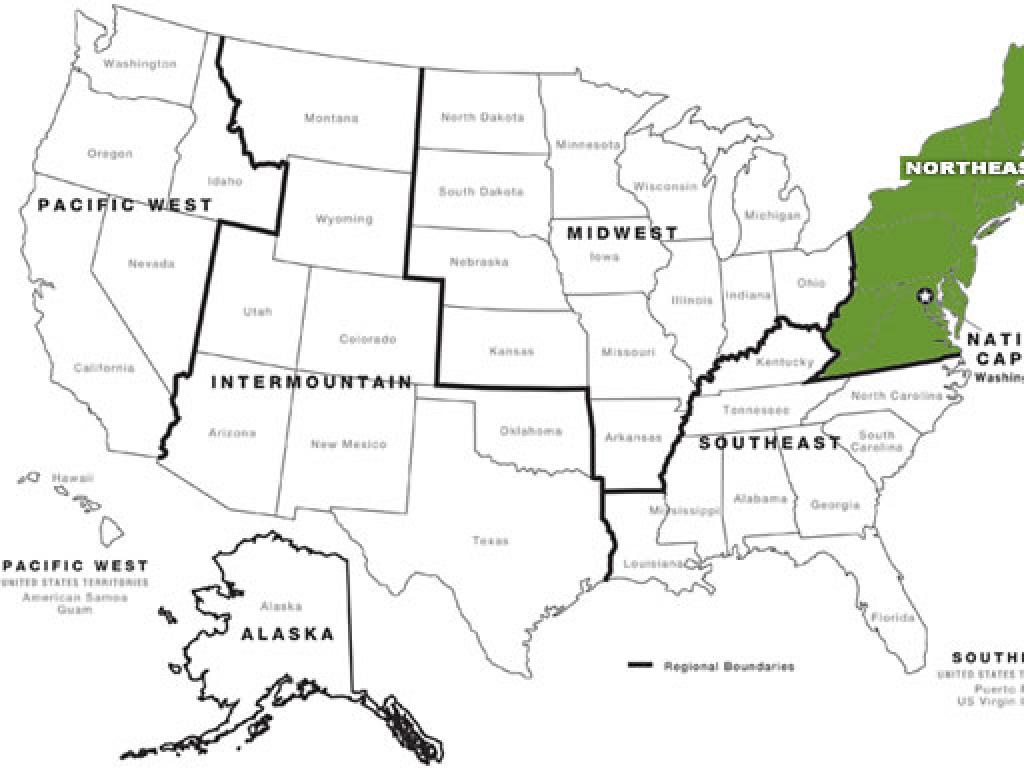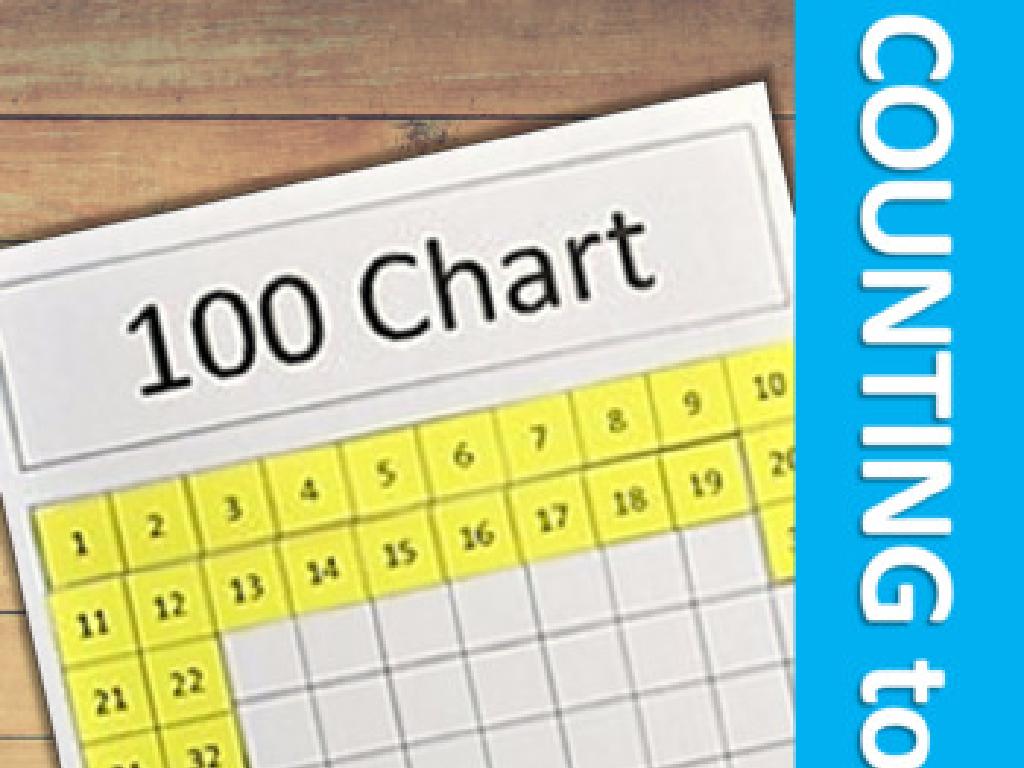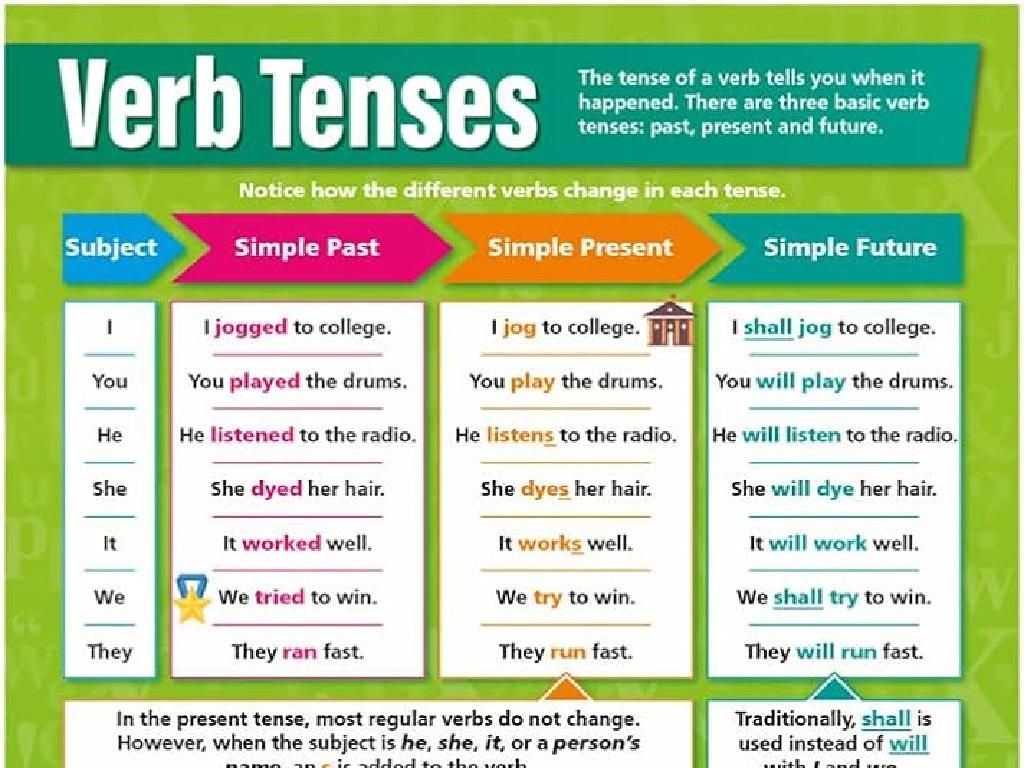Heating, Cooling, And Changes Of State: Melting And Freezing
Subject: Science
Grade: First grade
Topic: Changes Of State
Please LOG IN to download the presentation. Access is available to registered users only.
View More Content
Exploring Heat and Cold in Science!
– Learning about change with temperature
– Effects of warming up and cooling down
– Melting: What happens to ice cream in the sun?
– Ice cream melts and becomes liquid on a warm day
– Freezing: Making ice cubes in the freezer
– Water turns into ice when it’s cold enough
|
This slide is designed to introduce first graders to the concepts of heating and cooling and their effects on the states of matter, specifically melting and freezing. Start by discussing how temperature can cause things to change, using relatable examples like ice cream melting on a sunny day or water freezing into ice cubes. Encourage the students to think about and share their own experiences with melting and freezing. The goal is to help them understand that heat can make things melt and become liquid, while cold can make things freeze and become solid. Use simple language and real-life examples to make these concepts accessible and engaging for young learners.
Understanding Heating
– Heating makes things warm
– Heat can change things
– Like ice melting into water
– How we feel when warm
– We feel cozy and sometimes sweaty
– Examples of heating
– Sun warming the Earth, cooking food
|
This slide introduces the concept of heating to first graders. Start by explaining that heating is the process of making something warm, which can lead to changes in the state of objects, such as solid ice melting into liquid water. Discuss with the students how they feel when they are warm, such as feeling cozy or sweating on a hot day. Provide relatable examples like the warmth of the sun or the heat from an oven that cooks food. Encourage the children to think of times when they have experienced warmth and how it made them feel or changed something around them.
Exploring Cooling: What Happens When Things Get Cold?
– Understanding cooling
– Cooling is making things less warm
– Effects of cooling on things
– Some things can change state when cooled, like water turning to ice
– Experience with an ice cube
– Holding an ice cube feels very cold and it starts to melt in your hand
|
This slide introduces the concept of cooling to first graders by relating it to their everyday experiences. Start by explaining that cooling is the process of making something less warm, which can be as simple as putting a drink in the fridge. Discuss how certain materials change when they get cold, like water turning into ice. Use the example of holding an ice cube to make it relatable; they can feel the cold and notice the ice melting. Encourage students to think of other examples of cooling and how it affects different objects. This will help them understand the concept of state change from liquid to solid due to cooling.
Melting Magic: Solids to Liquids
– Melting turns solids to liquids
– When solids get warm, they become liquids
– Ice cream melts in the sun
– Our yummy ice cream goes from solid to drippy liquid in the heat
– What else can melt?
– Can chocolate or butter melt? Let’s think!
– Melting is caused by warmth
– Heat makes things warm enough to melt
|
This slide introduces the concept of melting to first graders by relating it to a common experience: ice cream melting in the sun. Explain that melting is a change of state from solid to liquid and is caused by heat. Encourage the children to think of other examples of melting that they have seen, like chocolate or butter. Use simple language and familiar examples to help them understand the concept. You can also demonstrate melting with an ice cube in the classroom, showing the transition from solid to liquid as it warms up. This will help make the concept tangible and easier to grasp.
Fantastic Freezing
– Freezing: liquid to solid
– Like water turning to ice when it’s cold
– Water becomes ice in freezer
– Think of putting a water bottle in the freezer
– Discuss items that can freeze
– Can fruits or juice freeze? What else?
– Understanding freezing process
– Freezing happens when things get really cold!
|
This slide introduces the concept of freezing to first graders. Begin by explaining that freezing is the process of a liquid becoming a solid when it gets very cold. Use water turning into ice as a primary example, as it’s relatable and observable at home. Engage the students by asking them to name various items that can freeze, such as fruits, juices, or even toys in water. This will help them understand that not only water can freeze. Explain that when things freeze, their particles slow down and come together to form a solid. Encourage students to think about the temperature and how it affects the state of different objects.
Let’s Experiment: Melting and Freezing!
– Fun experiment with ice and warm water
– Observe heating ice and cooling water
– Watch closely and describe changes
– Does the ice change? How does the water change when cooled?
– Discuss observations together
|
This slide introduces a hands-on class activity designed to help first graders understand the concepts of melting and freezing. Provide each student or group with a container of ice and a cup of warm water. Guide them to pour the warm water over the ice and observe the melting process. Then, have them place the water in a cooler environment or mix with cold water to see the freezing process. Encourage the students to describe the changes they see and feel, such as the ice getting smaller or the water getting harder. After the experiment, discuss as a class what happened and why, reinforcing the concepts of heating and cooling and their effects on the states of water. This interactive approach helps solidify their understanding of the changes of state.
Class Activity: Exploring Melting and Freezing
– Observe ice cubes melting
– Use warm water to speed up melting
– Warm water makes ice melt faster than at room temperature
– Fill trays to make ice
– Watch water freeze with a partner
– Discuss what you see as the water turns into ice
|
This interactive class activity is designed to help first-grade students understand the concepts of melting and freezing through direct observation and participation. Provide each pair of students with ice cubes and a bowl of warm water to observe the melting process. Explain that heat makes things warm and can cause ice to turn into water. Next, have the students fill ice trays with water and place them in a freezer (or a representation of one) to learn about freezing. As they work with their partners, encourage them to discuss the changes they observe and ask questions about the process. This hands-on experience will help solidify their understanding of the states of matter and the effects of heating and cooling. Make sure to supervise the activity closely to ensure safety and provide guidance as needed.
Review Time: Heating, Cooling, and Changes of State
– What we learned about heating
– Heating makes things warmer, like when the sun heats the earth
– Understanding cooling effects
– Cooling makes things colder, like ice cream in a freezer
– Explaining melting
– Melting is when something solid becomes liquid because it got hot
– Explaining freezing
– Freezing is when liquids become solid because they are very cold
|
This slide is a review of the concepts of heating, cooling, and changes of state, specifically melting and freezing. Start by asking the students what they remember about how heating affects objects and substances. Encourage them to think of examples, such as the sun warming the ground. Then, discuss cooling and ask them to describe what happens when things get cold, like how ice cream stays solid in the freezer. Next, have the students explain melting in their own words, prompting them with scenarios like ice turning into water on a sunny day. Lastly, discuss freezing and ask them to think of times when liquids turn into solids, such as water turning into ice. The goal is to reinforce their understanding through recall and to help them articulate these processes in their own language.
Science Explorers: Melting and Freezing
– Celebrating our young scientists
– Heat melts, cold freezes
– Ice to water shows melting, water to ice shows freezing
– Observing changes in everyday life
– Notice water freeze in the fridge or melt on a warm day
– Keep exploring as a scientist
|
Today’s lesson was about understanding how temperature affects the state of objects, specifically through melting and freezing. Reinforce the concept that adding heat to something (like an ice cube) will cause it to melt, turning from solid to liquid, and removing heat (putting water in a freezer) will cause it to freeze, turning from liquid to solid. Encourage the students to keep observing these changes in their daily lives, as it will reinforce their learning and understanding of the science concepts. Remind them that they are scientists every day when they observe and question the world around them.

